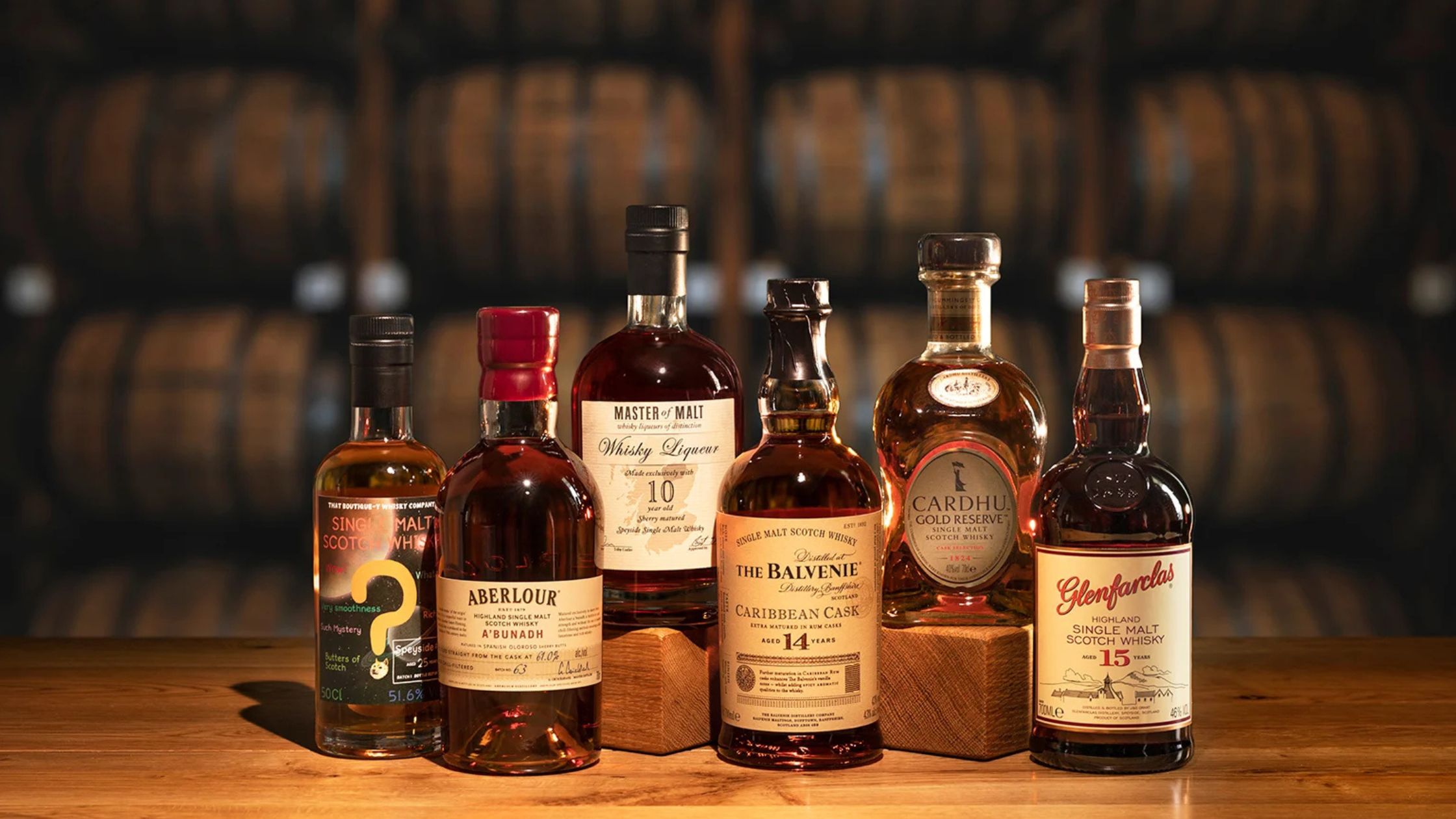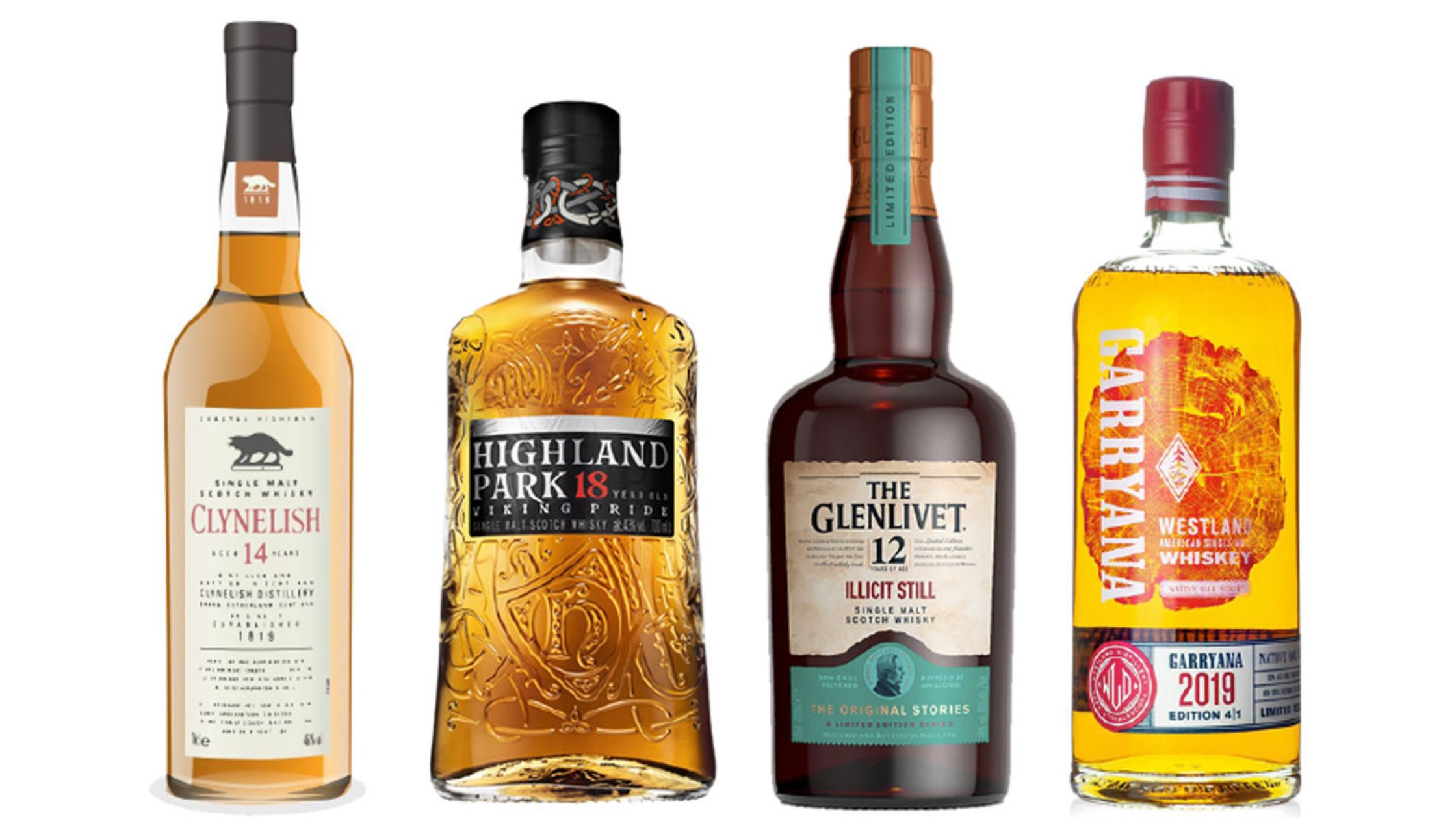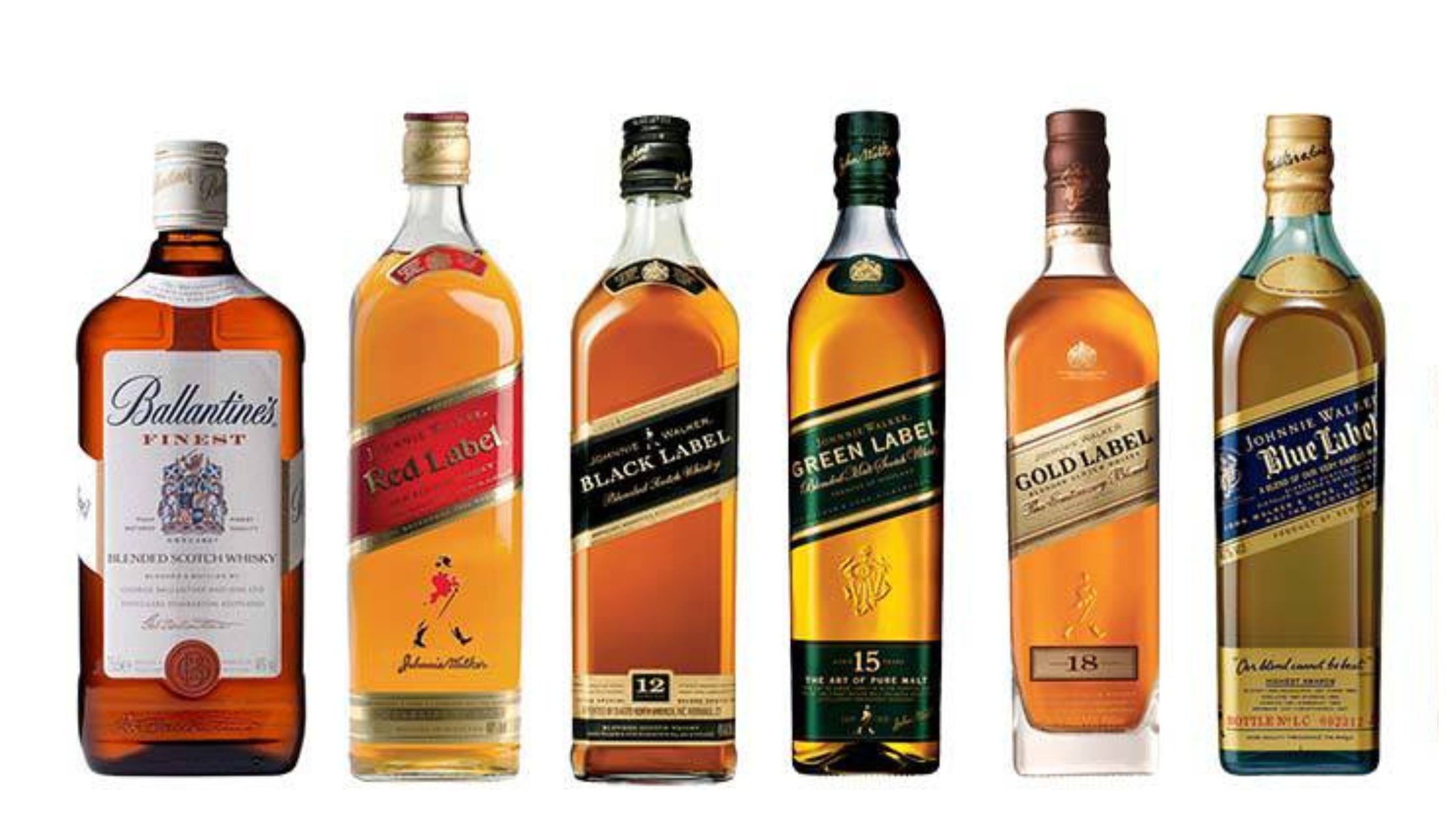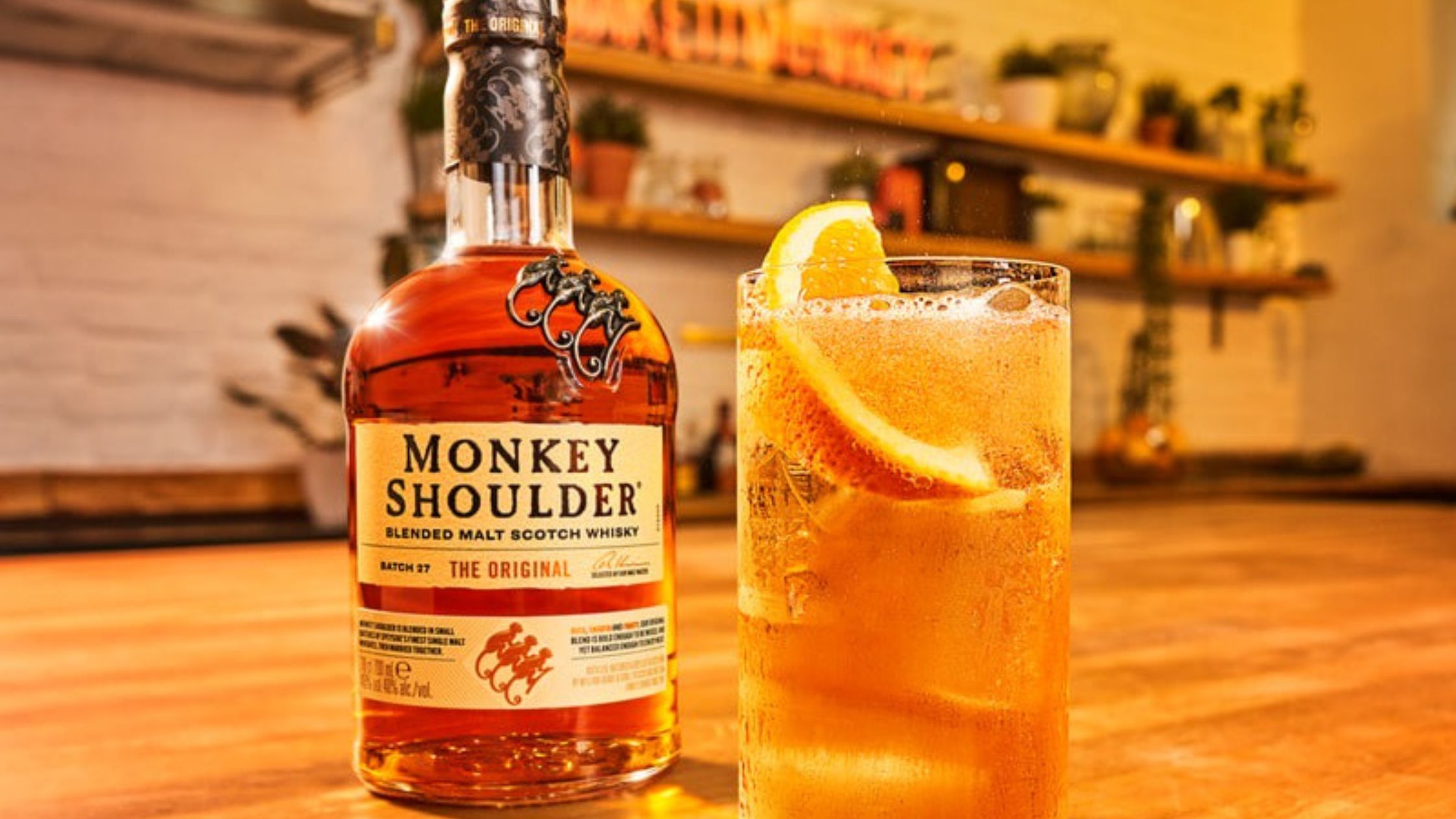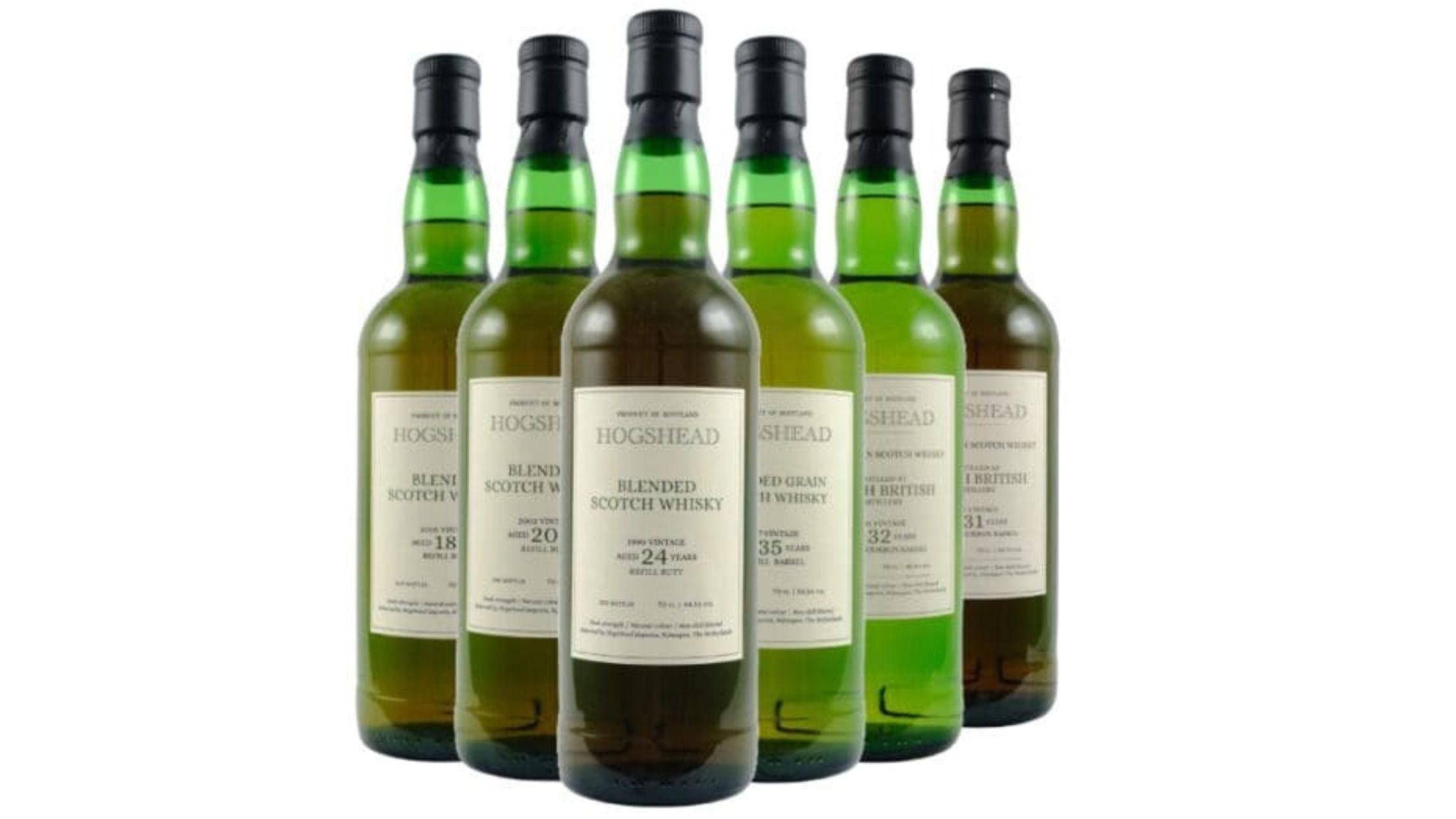The 5 Types of Scotch Whisky Explained: From Single Malt to Blended Grain
Why Scotch Whisky Can Be Confusing (But Doesn’t Have to Be)
When it comes to Scotch whisky, it is one of those drinks that everybody knows about, but relatively few people are truly comfortable ordering. A mere stroll down the liquor aisle reveals shelves filled with labels promoting single malt, blended, grain, etc. For those who don't often drink whiskey, ordering can be difficult and feel like walking into a whole new world without a map. Even those who are seasoned drinkers and not Scotch-only fans fall victim to confusion, pausing for a moment to think: what is the real difference here?
There is no need to overthink. Scotch whisky is not that esoteric; once you are aware of the five official types, things start to fall into place, and it becomes a matter of taste and preference.
Scotch whisky is legally required to follow certain guidelines: distilled in Scotland, aged in oak for a min of 3 years, bottled at 40% abv or above, and produced within the Scotch Whisky Regulations of 2009. In that legal framework, the distillers create five styles:
- Single Malt
- Single Grain
- Blended Scotch
- Blended Malt
- Blended Grain
Let’s walk through each one, how it’s made, what it tastes like, and which bottles are worth trying.
1. Single Malt Scotch Whisky
When most people think about Scotch whisky, they're thinking of a single malt.
What it is: A single malt whisky is whisky that is made from 100% malted barley, distilled in pot still from one distillery. "Single" means one distillery; it doesn't mean one type of ingredient.
Why it matters: A single malt is basically the distillery’s business card. Everything matters the shape of the still, the source of water, the cask--- all of it creates a fingerprint in the flavour profile. A single malt is the whisky world's equivalent of a signature dish.
What it tastes like:
- Can be rich and full-bodied or light and floral depending on the region.
- Speyside malts often lean fruity and sweet.
- Islay malts are famously smoky and peaty.
- Highland whiskies often strike a balance between the two.
Bottles worth knowing:
- Glenfiddich 12 Year Old (Speyside) – light, pear-like fruitiness, great for beginners.
- Ardbeg 10 Year Old (Islay) – intense smoke, seaweed, and campfire notes.
- Glenmorangie Original (Highland) – smooth, citrusy, with hints of vanilla.
Takeaway: If you want to taste the pure character of a distillery, single malt whisky is the best place to start.
2. Single Grain Scotch Whisky
This category of whisky may not always receive the attention it deserves but it is an important part of Scotch whisky.
What it is: Single grain whisky is whisky produced at a single distillery that can use multiple grains, wheat or corn in addition to barley, single grain whisky is distilled in continuous still but still produces a lighter spirit.
Why it matters: Most single grain whisky is used for blending but when bottled by itself is a very different style too, often gentle, sweet and easily drinkable too.
What it tastes like:
- Generally lighter than malt whisky.
- Creamy and approachable, with notes of vanilla, caramel, and gentle spice.
- A great stepping stone for those new to Scotch.
Bottles worth knowing:
- The Leith Export Co. Table Whisky – Single Grain
- Clydebuilt Riveter (Ardgowan)
- North British 12 Year Old 2011
Takeaway: Single grain whiskies are underrated, affordable, and often a pleasant surprise for first-time Scotch drinkers.
3. Blended Scotch Whisky
Here’s the category that reigns supreme in bars, shops, and homes around the world.
What it is: Blended Scotch whisky is a combination of single malts and single grains from different distilleries.
Why it matters: Blends are crafted in balance so that each bottle of Johnnie Walker Black or Chivas Regal 12 tastes the same around the world, and it's on purpose.
What it tastes like:
- Smooth and approachable.
- A balance of malt richness and grain lightness.
- Perfect for mixing or drinking neat.
Bottles worth knowing:
- Johnnie Walker Black Label – layered, smoky, and slightly sweet.
- Chivas Regal 12 Year Old – smooth, fruity, and rounded.
- Famous Grouse – a versatile whisky that works equally well neat or in cocktails.
Takeaway: If you want consistency and value, blended Scotch is your go-to. It’s the whisky style that introduced millions to Scotch in the first place.
4. Blended Malt Scotch Whisky
Think of this as the “best of both worlds” option for malt lovers.
What it is: A blended malt is made by mixing single malts from at least two different distilleries. Unlike blended Scotch, there’s no grain whisky in the mix.
Why it matters: This allows blenders to create whiskies with depth and character by combining the strengths of multiple malt styles.
What it tastes like:
- Often bold and layered.
- Brings together different regional styles—fruity Speyside with smoky Islay, for instance.
- A step up in complexity compared to most blends.
Bottles worth knowing:
- Monkey Shoulder – approachable, smooth, and malty.
- Timorous Beastie – Highland malt blend with spice and honey.
- Seaweed & Aeons & Christmas Cake & Cinnamon – adventurous and packed with flavour.
Takeaway: Blended malts are an excellent way to explore malt complexity without splurging on older single malts.
5. Blended Grain Scotch Whisky
The most overlooked of the five types—but that’s exactly why it’s worth exploring.
What it is: Blended grain whisky is a mix of single grain whiskies from different distilleries.
Why it matters: Grain Skotch whiskies age beautifully. When blenders bring together several aged grains, the results are smooth, sweet, and often much more affordable than malt whiskies of the same age.
What it tastes like:
- Creamy and silky on the palate.
- Flavours of vanilla, toffee, and gentle spice.
- Usually lighter than blended Scotch.
Bottles worth knowing:
- Compass Box Experimental Grain Whisky
- Blended Grain 30 Year Old (That Boutique-y Whisky Company)
- Butterscotch & Vanilla & Toast & A Generation 30 Year Old
Takeaway: If you’re chasing smoothness and value, blended grain whiskies deliver both—especially at higher age statements.
Quick Comparison Table
|
Scotch Type |
Made From / How |
Key Traits |
Best For |
Example Bottles |
|
Single Malt |
Malted barley, pot stills, one distillery |
Rich, layered, authentic |
Whisky purists, collectors |
Glenfiddich 12, Ardbeg 10 |
|
Single Grain |
Corn/wheat/barley, continuous stills, one distillery |
Light, creamy, sweet |
Beginners, cocktail lovers |
Leith Export Co., Clydebuilt Riveter |
|
Blended |
Malt + grain whiskies from multiple distilleries |
Balanced, smooth, versatile |
Everyday drinking, mixing |
Johnnie Walker Black, Chivas 12 |
|
Blended Malt |
Combination of single malts only |
Bold, complex, malty |
Whisky lovers after variety |
Monkey Shoulder, Timorous Beastie |
|
Blended Grain |
Grain whiskies from multiple distilleries |
Creamy, sweet, underrated |
Value hunters, smooth sippers |
Compass Box, Boutique-y 30YO |
The Role of Scotch Whisky Regions
Knowing the kind of whisky tells you how it was made. Knowing the region will typically tell you what it is going to taste like.
Highlands - huge range of flavours, from floral Glenmorangie to peaty Talisker.
- Lowlands - light, grassy, and frequently triple distilled.
- Speyside - fruity, elegant, home to Glenfiddich and The Macallan.
- Islay - bold, peaty, coastal drams, such as Ardbeg and Laphroaig.
- Campbeltown - salty, briny, full-flavoured whiskies like Springbank.
Knowing the type and the region will help you anticipate what’s in your glass.
Single Cask Scotch: A Bonus Category
Although not part of the official five, there is value in mentioning single cask releases. These whiskies put into bottle without any blending, are bottled with a single barrel. This means every single cask bottling is unique, you'll never find another one exactly like it. If you're a whisky collector or enthusiast, that's the appeal in a single cask release.
FAQs
1 What’s the main difference between single malt and blended Scotch?
Single malt comes from one distillery, made only with malted barley. Blended Scotch mixes malt and grain whiskies from multiple distilleries.
- Is blended whisky really lower quality?
No. While single malts often have prestige, many blends are expertly crafted. Johnnie Walker Black and Chivas 18, for example, are excellent whiskies. - Which Scotch is best for beginners?
Blended Scotch or single grain whiskies—they’re smooth, approachable, and often more affordable. - How long must Scotch age?
At least three years by law, but many whiskies are aged 10, 12, 18 years or longer. - Does region matter more than type?
Both matter. A single malt from Islay will taste very different from a single malt from Speyside.
Wrapping Up
Scotch whisky needn't be a mystery. There are only five official categories, and once you're familiar with these, you can easily read labels with assurance.
- Single malt: the classic distillery centric style.
- Single grain: lighter, sweeter, approachable.
- Blended Scotch: smooth, consistent.
- Blended malt: bold, complex, and malt driven.
- Blended grain: rare, smooth, and overlooked.
What better way to learn about Scotch whisky than to try one of each! You'll be learning quickly which style resonates with your palate, and who knows, you may find you enjoy all five for different occasions!
Also Read: How Long Does Wine Last After Opening? A Complete Guide to Keeping Wine Fresh
_1756199996.jpg)
